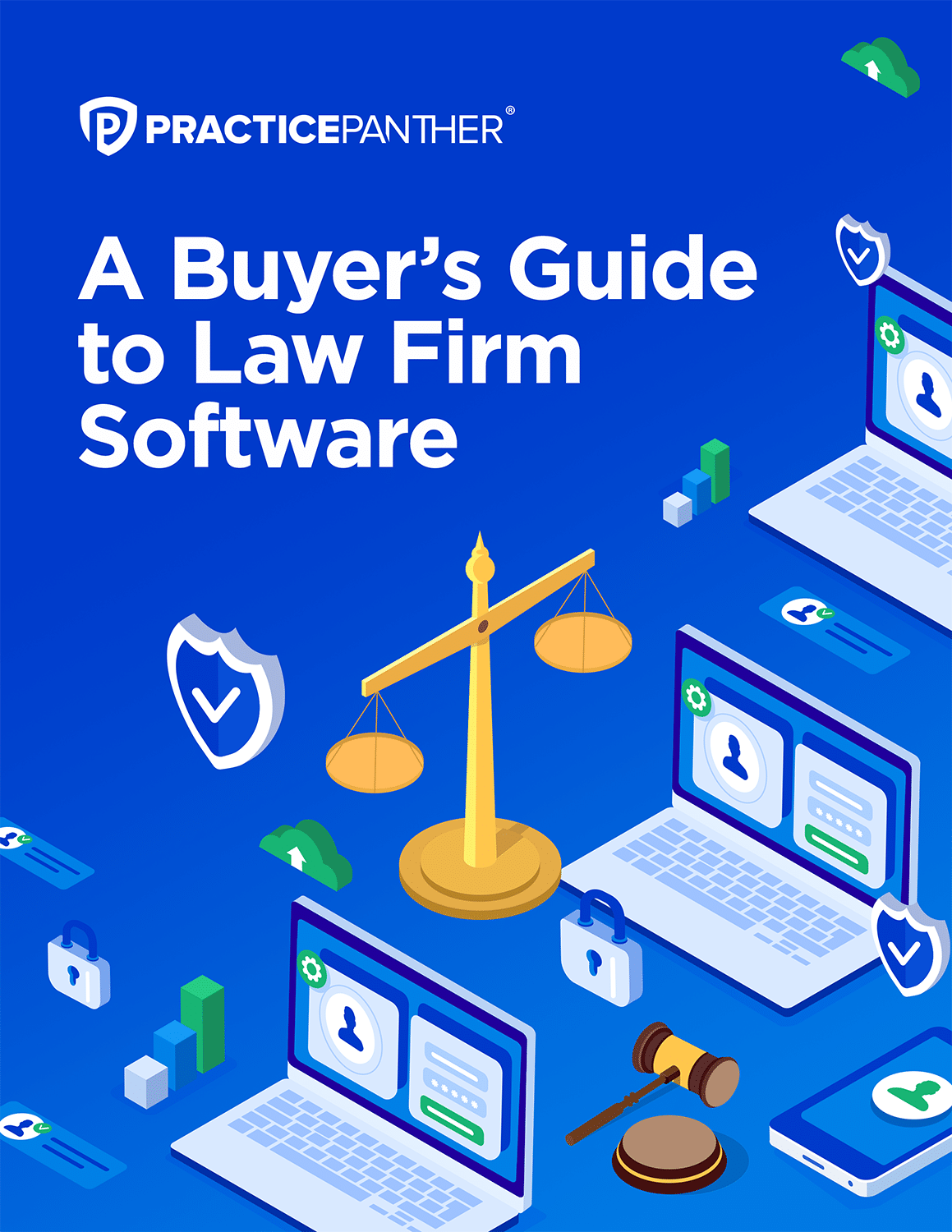
If you live in a big city, you’ve almost certainly seen them around. They dart in and out of traffic, fly past you on the sidewalks, and careen forward with acrobatic abandon. No, not pigeons. The daring gymnasts in question here are e-scooters. They’re everywhere. As their number increases on our streets, they are bound to upset the occasional fire hydrant, as well as pedestrians, sometimes resulting in personal injury on e-scooters and with e-scooters. The question of who to hold responsible for such cases is open at the moment, but we do have some facts and figures to clue us into the road ahead (pun intended).
Personal Injury on E-Scooters
The numbers are indeed staggering. There are more e-scooters in our cities than ever before. At this time, some estimate upwards of ten thousand shared scooters traversing the roads around the world.
Most of these are not actually owned, however. A majority of e-scooters are rented through one of a handful of startups. The primary companies that purvey e-scooters are Spin, LimeBike, and Bird.
To gain some clarity, The Washington Post reached out to these big three. They write that each of them reports safety to be one of their highest concerns. This is not too surprising, of course, as the devices can travel as fast as 15 miles per hour. All three also state that their smartphone applications, as well as the e-scooters’ labeling, include essential instructions regarding safety for users to acknowledge and utilize.
Further, Bird e-scooters oblige individuals to snap a photo of their driver’s license to confirm age eligibility (riders must be at least 18). And on top of all this, both Skip and Bird do provide helmets to any rider that asks for one, while Lime mandates basic helmet safety training before users’ initial rides on their devices.
Scooting into Personal Injury
Despite all the posted safety information, training, and age requirements, accidents will still occur. Like driving a car, there is only so much prevention that can be baked into the system itself. Mistakes do happen. Collisions will follow. And injuries may occasionally result. These are simply unfortunate (and unavoidable) facts of modern transportation.
The rise of e-scooters’ popularity has, in fact, driven an increasing number of people to the emergency room. A doctor in the Bay Area of California actually reports dealing with nearly a dozen personal injuries related to e-scooters every single week. ABC News reports that Scripps Mercy Hospital in San Diego has experienced an influx as well: roughly 30 e-scooter personal injury accidents in less than four months. Some estimate that as many as 80 injuries occurred in the downtown San Diego area overall over that same timespan. Of course, adding insult to injury, a man in Los Angeles was charged recently with a DUI while operating one of the many e-scooters seen around the city.
California is not the only state seeing an increase both in e-scooters’ use and in their ability to cause harm, though. Baltimore has also approved the driving of e-scooters in its area, and in September of this year, Dallas, Texas, even experienced one death as the result of a shared scooter.
Who’s to Blame When Personal Injury is Involved?
While all these accidents, injuries, and even fatalities are happening, there is one unanswered question. In the case of a personal injury on e-scooters, who is liable?
That question might get its answer in the not-too-distant future. A class-action lawsuit has been filed against two of the big three, Bird and Lime, as well as Segway and Xiaomi. The suit claims that three people were victims of “assaults” by e-scooters while walking. The lawsuit goes even further to assert that these e-scooters companies were well aware of the injuries they were causing and did nothing to keep it from continuing to occur.
Though it was quite a different incident altogether, lawsuits and substantial awards involving accidents with e-scooters are not without precedent. In 2011, FindLaw reports that a man was awarded $10 million for a personal injury (specifically, a “traumatic brain injury”) that he suffered as the result of an accident involving one of Segway’s popular e-scooters.
To be candid, it is difficult for anyone to predict at this point who will be held liable for this new world of technology.
Only time can tell who will come out ahead. At present, there is one thing that’s certain: despite best efforts, a personal injury on e-scooters will continue to occur.
Best advice? Please wear a helmet.





